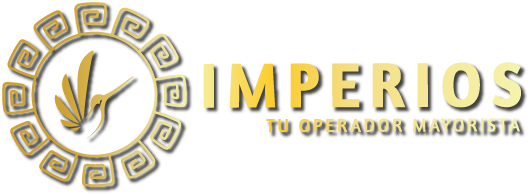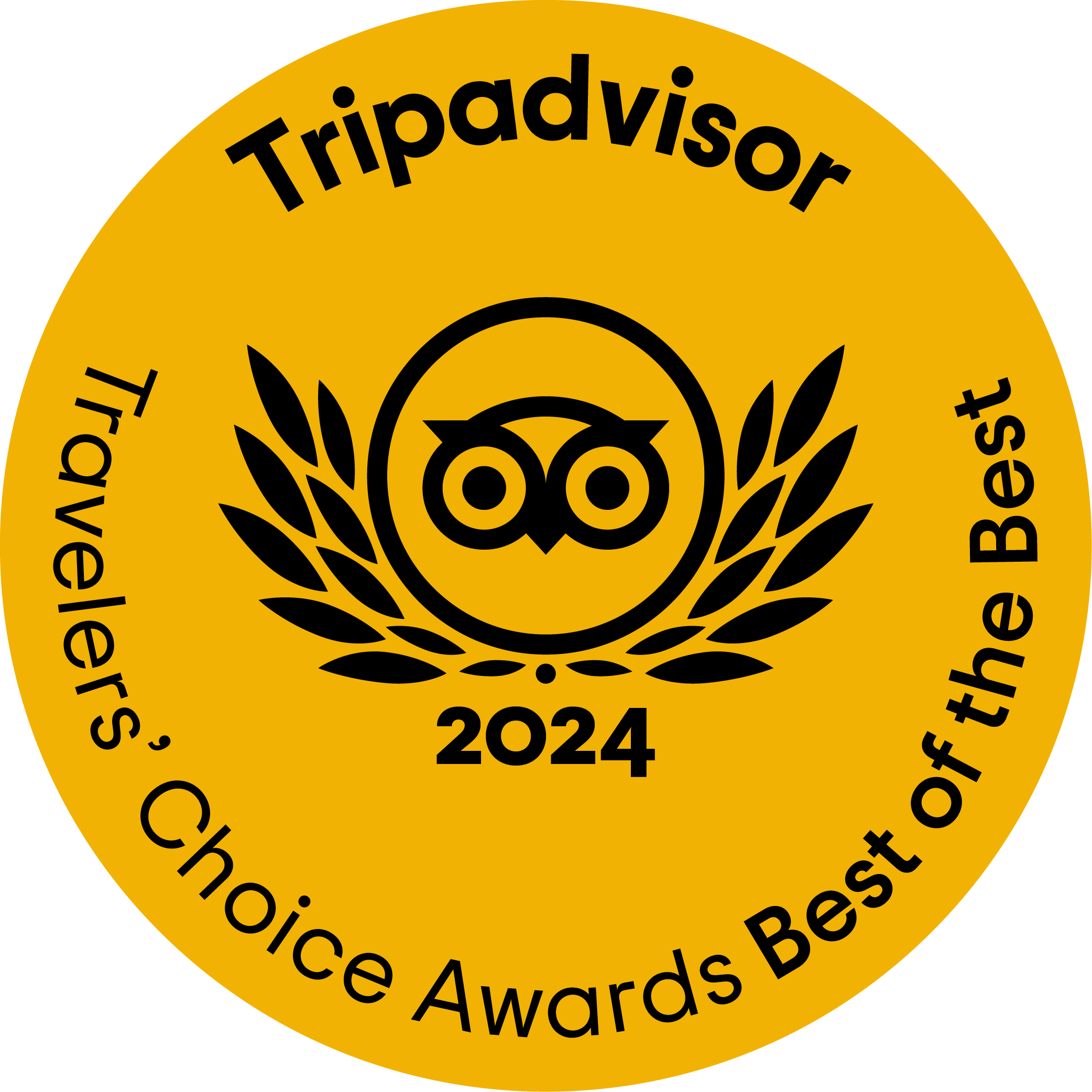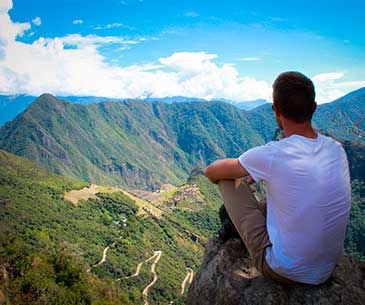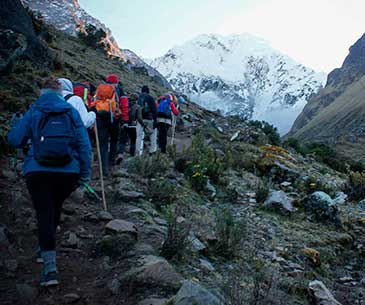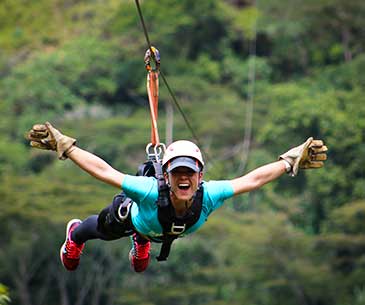Inka Empire

The Inca Empire, or Inka Empire (Quechua: Tawantinsuyu), was the largest empire in pre-Columbian America. The administrative, political and military center of the empire was located in Cusco in modern-day Peru. The Inca civilization arose from the highlands of Peru sometime in the early 13th century. From 1438 to 1533, the Incas used a variety of methods, from conquest to peaceful assimilation, to incorporate a large portion of western South America, centered on the Andean mountain ranges, including large parts of modern Ecuador, Peru, western and south central Bolivia, northwest Argentina, north and north-central Chile, and southern Colombia into a state comparable to the historical empires of Eurasia.
The official language of the empire was Quechua, although hundreds of local languages and dialects of Quechua were spoken. The Inca referred to their empire as Tawantinsuyu which can be translated as The Four Regions or The Four United Provinces.
There were many local forms of worship, most of them concerning local sacred "Huacas", but the Inca leadership encouraged the worship of Inti—the sun god—and imposed its sovereignty above other cults such as that of Pachamama. The Incas considered their King, the Sapa Inca, to be the "child of the sun.
History
Origin

Incan oral history mentions three possible places of origin of their people: three caves near Pacariqtambo, a place 33 km (21 mi) away from Cuzco; Lake Titicaca; or a place known as Tambo.
Pacariqtambo, which means "the dawn tavern" or "the place of origin", was a place of three caves. The center cave, Tambo Tocco, was named for Capac Tocco. The other caves were Maras Tocco and Sutic Tocco. Four brothers and four sisters stepped out of the middle cave. They were: Ayar Manco, Ayar Cachi, Ayar Auca, Ayar Uchu, and Mama Ocllo, Mama Raua, Mama Huaca, Mama Cora. Out of the side caves came the people who were to be the ancestors of all the clans of the Inca people.
Ayar Manco carried a staff made of the finest gold. Where this staff landed, the people would all live there. They travelled for a very, very long time. On the way, Ayar Cachi went too far boasting about his great strength and power, and his siblings tricked him into returning to the cave to get a sacred llama. When he went into the cave, they trapped him inside.

Ayar Uchu decided to stay somewhere on the top to look over the Incan people. The minute he proclaimed that, he turned to stone. They built a shrine around the stone and it became a sacred object. Ayar Auca also grew tired of all these and decide to travel alone. Only Ayar Manco and his four sisters remained.
Finally, they reached Cuzco. The staff sank into the ground. Before they reached here, Mama Ocllo had already bore Ayar Manco a child, Sinchi Roca. The people who were already living in the valley fought hard to keep their land, but Mama Huaca was a good fighter. When the enemy attacked, she threw her bolas--several stones tied together that spun through the air when thrown--at a soldier, or gualla, and killed him instantly. Mama Huaca ripped out his lungs and squeezed them until they exploded. The other people were so scared, they ran away.
After that, Ayar Manco became known as Manco Cápac, the founder of the Inca. It is said that he and his sisters built the first Inca homes in the valley with their own hands. When the time came, Manco Cápac turned to stone like his brothers before him. His son, Sinchi Roca, became the second emperor of the Inca.
Name
The Inca Empire, or Inka Empire (Quechua: Tawantinsuyu), was the largest empire in pre-Columbian America. The administrative, political and military center of the empire was located in Cusco in modern-day Peru. The Inca civilization arose from the highlands of Peru sometime in the early 13th century. From 1438 to 1533, the Incas used a variety of methods, from conquest to peaceful assimilation, to incorporate a large portion of western South America, centered on the Andean mountain ranges, including large parts of modern Ecuador, Peru, western and south central Bolivia, northwest Argentina, north and north-central Chile, and southern Colombia into a state comparable to the historical empires of Eurasia.
The official language of the empire was Quechua, although hundreds of local languages and dialects of Quechua were spoken. The Inca referred to their empire as Tawantinsuyu which can be translated as The Four Regions or The Four United Provinces.
There were many local forms of worship, most of them concerning local sacred "Huacas", but the Inca leadership encouraged the worship of Inti—the sun god—and imposed its sovereignty above other cults such as that of Pachamama. The Incas considered their King, the Sapa Inca, to be the "child of the sun.
Traveler Reviews
Certifications

Demonstrating our commitment to quality, we hold ISO 9001:2015 certification, ensuring excellence in our services.

With ISO 14001, we prioritize environmental sustainability, reducing our impact on the planet.

We're honored to be recognized with the Traveler's Choice Award in 2023, a testament to our dedication to exceptional travel experiences.

We are an official agency and tour operator, ensuring a unique and high-quality travel experience to the destinations of your choice in Cusco and Peru.
Recommended by
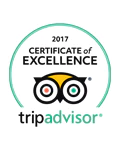
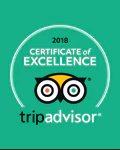





Travel Associations






